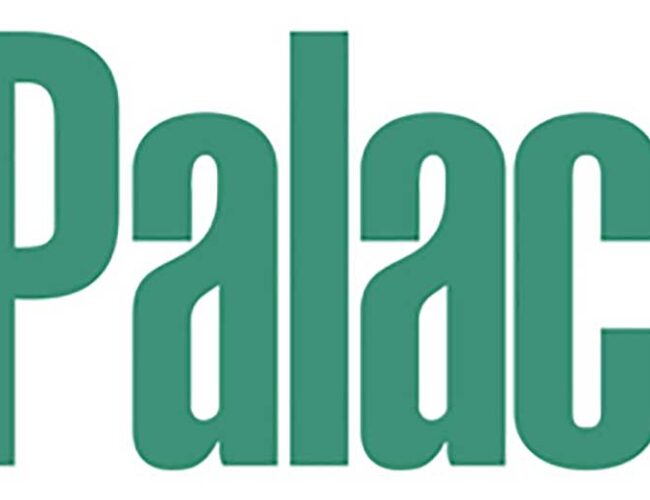Precious Fragments
Reconstructing the Ancestral Puebloan World of Kuaua
BY SCOTT SMITH
Many visitors to the Southwest are impressed by the number of ancient ruins scattered everywhere across the landscape. The names of these ruins — Aztec, Chaco, Gran Quivira, Pecos, Pottery Mound — have become part of Southwestern lore. By studying these and other sites, archaeologists have firmly established the existence of an Ancestral Puebloan world that was both more familiar and more astoundingly different than what most people first imagined it to have been. Even if we aren’t Pueblo, these sites have become our places of memory, too. The way in which we interpret them directly influences how we see ourselves as New Mexicans and as people.One of the most important sources of information about these sites is also one of the most humble. Sherds, those almost indestructible fragments of broken pottery found at most sites, are usually among the first visible clues that allow an archaeologist to know it is there. Sherds are what brought Adolph Bandelier to the ruins of Kuaua Pueblo in the 1880s. He visited Kuaua in 1884 and could tell immediately that a large adobe village had once stood where, to the untrained eye, only a vacant field then existed.
The name he gave to our site — Kuaua — was a bit of wishful thinking. Bandelier was aware that Francisco Vásquez de Coronado’s name for his main camp, Coofor, probably derived from the Spanish word for fragrant wood (alcanfor). He considered the site, just north of Bernalillo, to be a good candidate for Coronado’s camp, so he named it Kuaua, from the Tiwa word for evergreen, the nearest thing we have to camphorwood.
Years later, based partly on Bandelier’s suggestive choice of names, the father of New Mexican archaeology, Dr. Edgar L. Hewett, became convinced that Kuaua was, in fact, Coofor, and nominated it as one of the original state historic sites specifically on the basis that it was the location of Coronado’s main camp. In 1935, Kuaua, an ancestral Tiwa village, was officially designated Coronado State Monument (now Coronado Historic Site).
Hewett had violated one of the cardinal rules of archaeology: dig first. When archaeologists excavated the site in the 1930s, they found little evidence of Coronado or his men — no crossbow bolts, no pieces of chain mail, not even a button or a horseshoe nail. Instead, they found thousands and thousands of sherds. They also found the Painted Kiva, a large square ceremonial room with murals painted on all four of its walls.
The Kiva Murals of Kuaua are about 500 years old, based on the age of the Painted Kiva, which in turn is based on the age of sherds that were incorporated into its walls during construction. Archaeologists used these shattered pieces of the past to reconstruct the history of Kuaua and the people who lived here. Based on established chronologies for the various types of pottery glazes found here, they determined that our site was first occupied around 1325 CE and abandoned about 1600 CE.
But this isn’t the end of the story. One of the reasons that the Kiva Murals of Kuaua are so important is that they confirm and extend key elements of our archaeological reconstruction. The murals contain images of pottery. Lightning shoots out of a canteen. Rain pours from a jar. Some bowls rest on beds of feathers, and others are full to the brim with cotton or corn. But the pottery in the murals is unbroken, reminding us that our knowledge of the Ancestral Puebloan world is far from complete.
The Kuaua Murals are proof that a generation before any contact with Europeans (ca. 1490 – 1510), the residents of Kuaua were capable of creating a complex series of religious paintings within elegantly constructed sacred spaces. The name of the artist (or artists) at Kuaua is unknown, but he was a contemporary of another artist, Michelangelo, who was laboring in the Sistine Chapel in Rome at about the same time. Both artists were motivated by a desire to manifest the religious traditions of their people through artistic expression. Can anyone doubt that, while a world apart, they had much in common? The Kiva Murals of Kuaua are evidence of an Ancestral Puebloan world that defies narrow assumptions about what was or was not possible for the original people of the Southwest. They are also a reminder that what we know pales in comparison to what can never be known again. What we know is sherds — precious fragments of a shattered whole.
Scott Smith has worked for the Department of Cultural Affairs since October 1989. He was the manager at Fort Sumner Historic Site / Bosque Redondo Memorial from January 1991 through December 2005 and has been the manager at Coronado Historic Site from January 2006 to the present.

